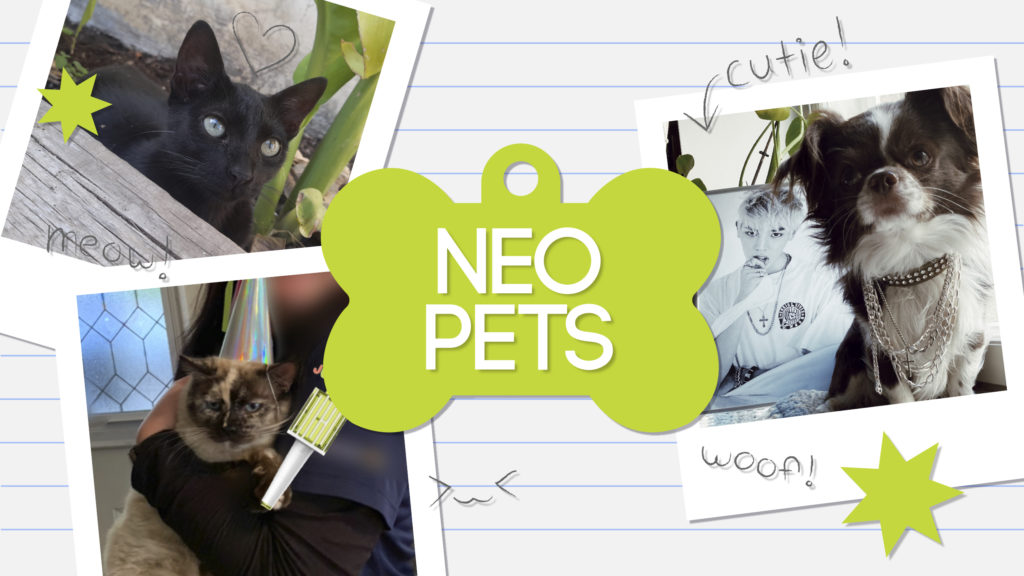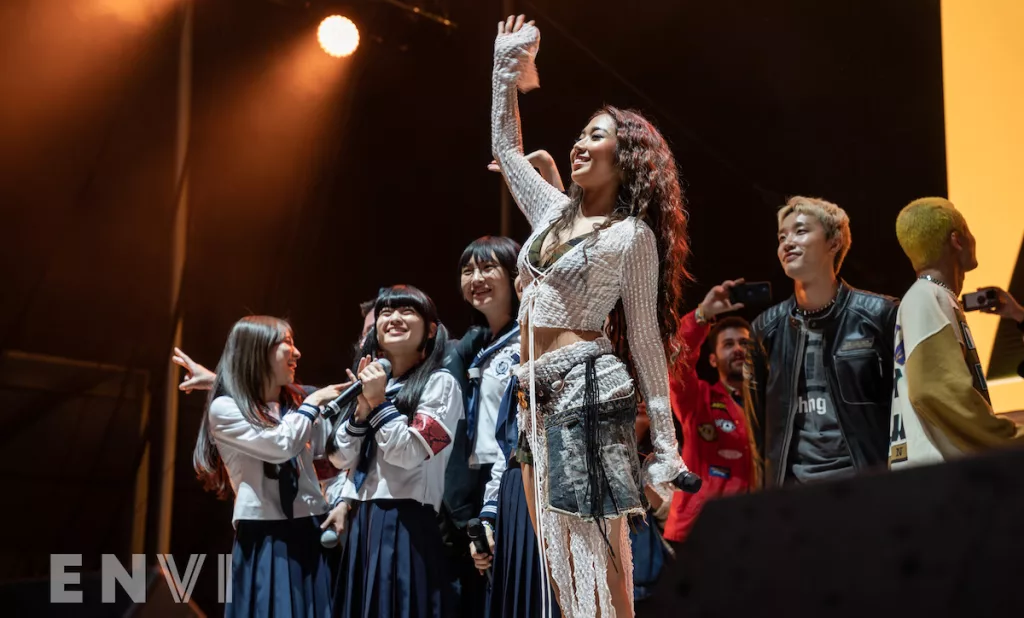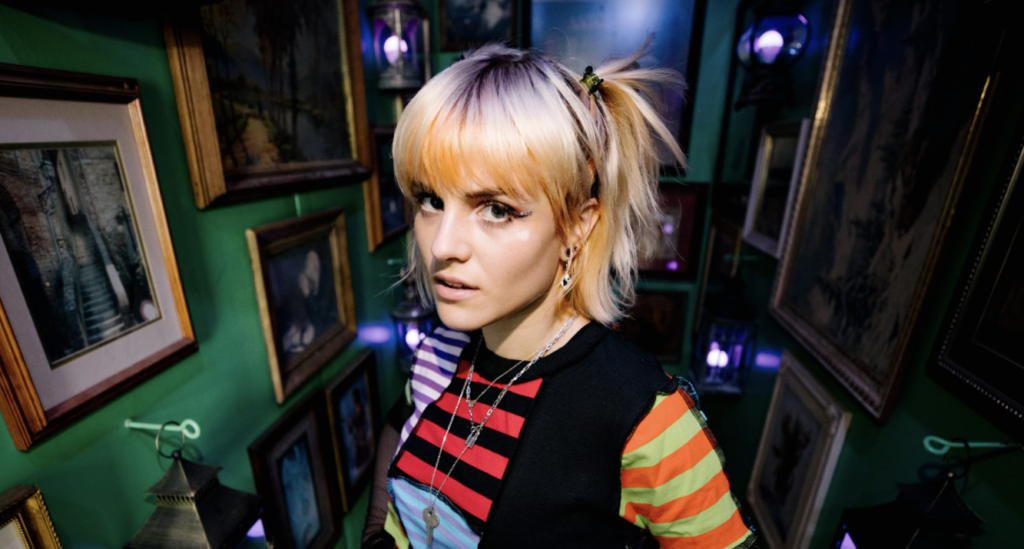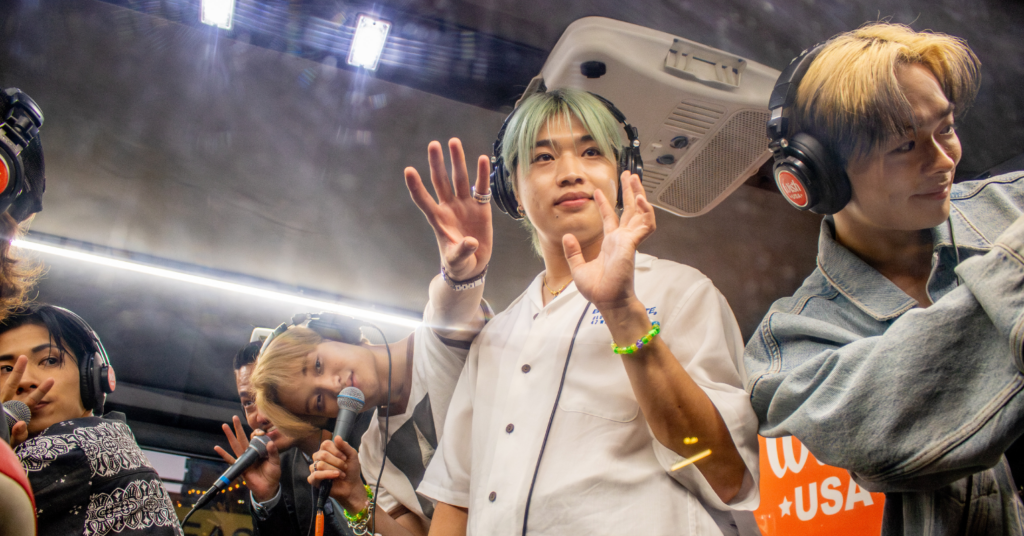Creative Spotlight: From Corporate to Culinary with Jenny Huang
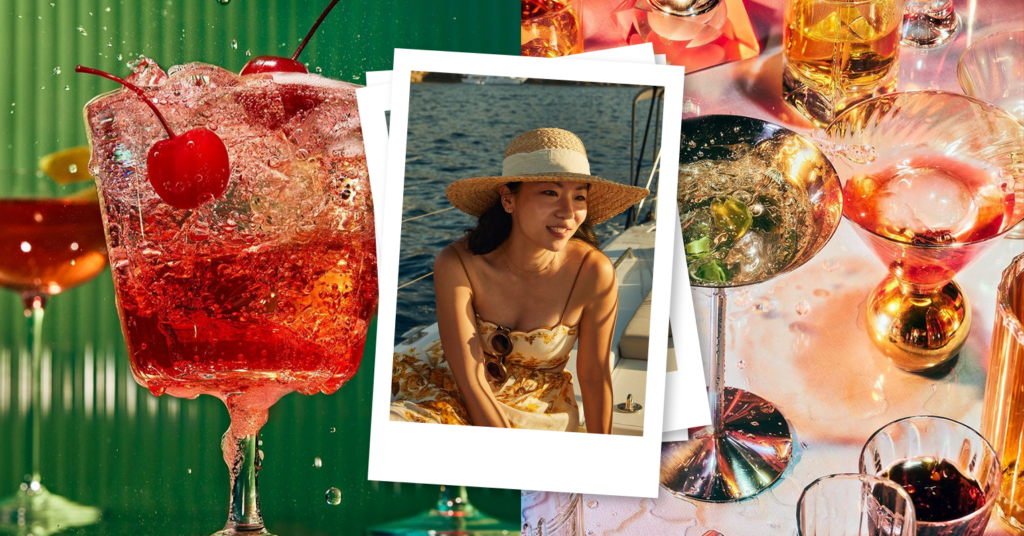
Vibrant, controlled, and tinged with modernism, you may recognize Jenny Huang’s distinct aesthetic plastered over the likes of The New York Times, Harper’s Bazaar, and Chobani. Sichuan-born and Brooklyn-based, Jenny Huang brings out the best in seemingly mundane foods often through reflective surfaces, saturated colors, and satisfying compositions that call to her signature style.
In this creative spotlight, EnVi chatted online with freelance photographer Jenny Huang about pursuing an unconventional career and the intricacies of photography — with occasional cameos of her cats.
Photogra-free
Although Huang described herself as “visually creative” from the very beginning, the belief that “to do the arts is to starve” is not atypical to a first generation immigrant family. Other than completing a design minor and taking photography classes in college, Huang graduated from Carnegie Mellon as a business major.
Soon after, Huang moved to New York and landed a job in the fashion industry by working in PR. While it seemed to be a perfect compromise between business (PR), and creativity (fashion) — Huang soon realized that things were “not what [she] thought it would be.”
“I mistakenly thought that I would be creative by working in a creative industry,” Huang confessed.
After leaving her longest job for a pivot, Huang was sure of her next path — food. She had already dipped her toes in the food industry through blogging about her love for cooking. From what stemmed as a result of her friends’ encouragement and enjoyment of her recipes, Huang knew that her strong suits and passion lied in photography instead of writing. That was her first hint to her future career.
Opportunity rang in the form of a friend — a marketing director of a food company — asking her to help out with a photoshoot.
“I didn’t even do the photography, I just food-styled,” said Huang. “It was so fun to collaborate with someone to create images, so I just crazily decided that I was going to do this.”
After a 180 switch-up and a determination to “freelance professionally,” Huang instantly dove into the world of food photography by assisting photographers, to work towards her goal, and to experiment between another crossroad she was faced with: food-styling or photography.
“Food stylists can style their butts off, but if the photographer sucks, the end result is not going to be great,” explained Huang, who later described herself as “a little bit of a control freak.”
Finally set on becoming a freelance food photographer, Huang sought out to build her now signature portfolio. It was not long before she landed clients like New York Times and Food 52 early into her career.
Leaving a Mark
“I have a pretty distinctive look. Not that I cannot adapt — but when people come to me, they have a specific look in mind,” said Huang.
Though her shift in careers was swift, Huang’s determination to leave a mark has defined her own signature style.
“I don’t want it to be interchangeable with other people; I did not come to do what I do and love in a very roundabout difficult way just to make work that someone else can make,” she expressed.
It’s true; dynamic shadows, rich colors, and raw images of natural ingredients overflow your senses as you browse through Huang’s works. It’s hard to believe that any of it is real food — but it 100% is (except for the occasional fake ice cream), all masterfully and theatrically plattered for your eyes by Huang.
“What we’re representing on camera is a little bit aspirational and more romanticized,” admitted Huang.
She describes some tricks that food stylists do to enhance the palate, such as undercooking the vegetables to make them appear more green or adding an extra oil drizzle to enhance shine, but plates are all “cooked from the recipes as faithfully as possible.”
Although the presentation and arrangement of the food itself is usually done by food stylists, Huang might help out a bit at the very end for finalizing touches. If she does both food-styling and photography, Huang charges separately; It’s a rule she sticks to as a freelancer to uphold the standards of the industry and the works of other freelancers.
“[If you don’t charge], you’re undermining and undercutting the rest of the industry. You’re basically taking jobs from a professional stylist, so you’ve got to charge,” said Huang.
All About the Balance
Looking back, Huang finds that everything has “come full circle.”
“If I didn’t love what I was doing, it was such a struggle,” Huang explains. Even as a student with stellar grades, the arts and humanities just came naturally to Huang; despite pursuing business school and going into corporate, she eventually drifted back to her authentic passions for art. But, unlike what she had previously believed, the “free” in “freelancer” did not necessarily mean “freedom.”
“What I find so ironic is that my job now is constantly looking for new jobs. I’m constantly interviewing, but it’s so different,” Huang tells EnVi. Being a visual artist, Huang’s portfolio is a real and genuine reflection of her work. However, a resume can be embellished and even imagined.
For Huang, the authenticity and honesty of photography as an art form itself collides with the liberty of the art form as a profession. Compared to corporations where elevation is segregated into clear-cut promotions, Huang’s career in photography is beyond limits. It’s truly all about balance — even on the monetary side that her parents were initially worried about.
“You can do [photography] in an artistic way, but also in a commercial way too — which is the balance that you want,” explained Huang.
Combining passion with practicality, creativity with commerce, and ambition with authenticity — that is the first part of Huang’s secret to turning a creative dream into a thriving reality. The second part, Huang attributes to her parents.
“What is the ultimate representation of the American dream? My parents moved here, worked their asses off — as a result, I have the chance to do my ultimate passion and make a living for it,” she expressed.
Want to read more about other Asian Americans challenging career norms like Jenny Huang? Check out EnVi‘s article about Millennial and Gen Z Asian American creatives here!
